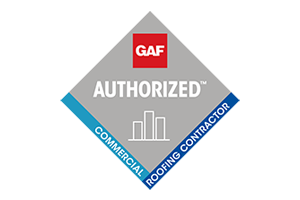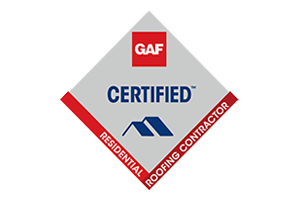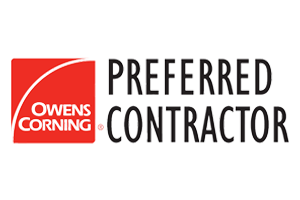Commercial Roof Inspections
How Do Commercial Roofs Become Damaged?
Weather is a huge trigger of damage to commercial roofs. Rain can pool on uneven sections. Sun and temperature changes can cause cracks. Wind can loosen edges of roof sheeting. Hurricanes bring rain and wind, causing potentially every result from mild damage to devastation.
Inspecting a roof for damage immediately following a storm can further reduce impact of the severe weather. Becoming aware of the need for minor repairs before it's too late, and the entire roof needs replaced, just makes sense.
What We Look For During an Inspection
Here are some of the various parts of a roof our team at Keller Roofing pays particular attention to when we perform a commercial roof inspection..
Decking
Roof decking, sometimes called sheathing, is the base upon which the other layers rest. Sometimes it's made of plywood, in other buildings, it consists of a series of boards. Periodic professional inspection of decking is recommended. If problems should go untreated, serious damage can result. The entire roof will need to be replaced if the decking should warp or decay. Leaks can cause the wood of the decking to rot, resulting in water damage to the building's interior, mold, changes in heating or cooling bills, sagging ceilings, damage around flashing or chimneys.
Flashing
Flashing is a metal edge that helps protect roofs from water leaks by directing rain around any roof vents, chimneys, skylights, valleys so that it drains off the roof's edge and into the gutter system. It must be installed and maintained correctly to avoid leaks. It checked for loosening and corrosion during regular inspections and following storms. Flashing can be made from various materials:
- Aluminum is durable and affordable, but can corrode.
- Copper, highly costly but incredibly durable; can last for many decades.
- Galvanized steel is inexpensive, but not durable.
- Polyvinyl Chloride (PVC) is easy to work with and inert.
Split Seams
Commercial buildings often feature flat roofs. The materials used to cover these expanses usually require seams to connect the many separate sections needed to cover the entire structure. The materials used today are highly durable, but they are still vulnerable to damage from wear and weather. Seams are particularly susceptible to splitting. This condition allows moisture to literally pour in, causing damage to the sub-roof and leaks into the building's interior. Stable temperature and weather conditions are required to properly seal these seams when initially applied, in order to keep excess moisture and building expansion and contraction from loosening the seals. Likewise, less than ideal weather over time can cause the seams to split later.
Gutters
The channels where water from the roof drains. When a gutter is filled with leaves and debris, water pools on the roof or runs over the gutter's edges, onto the side of the building, often causing damage and leaks.
Vents
Exhaust fans and ventilators of various types help to preserve buildings and keep occupants comfortable. An inspection should include a check for blockages in these vents.
Drain Pipes
Keeping drain pipes clear is essential in allowing water from the gutters to travel quickly off the roof and to the ground. If the downspouts become clogged, water will be trapped in the gutters or on the roof, a situation which will soon cause damage.
Field
The open part of the roof's expanse. Inspectors check seams of the material covering the area for wear and splitting. If these are not detected, leaks will soon spring up, as water finds its way easily between the cracks and is trapped between and beneath the roof's surface membranes, unable to drain away.
Buckles
Buckling, sometimes called warping, can be caused by the presence of hot humid conditions when the surface material of a roof is originally applied. Or, in some cases, the higher insulation performance and tighter building tolerance of today's buildings can trap moisture between the layers of roofing materials. But leaks occurring for other reasons can cause the problem too. Improper construction sometimes contributes to the factors which trigger a buckling condition. An experienced, professional roof inspector can detect and offer suggestions for correcting such a situation. Allowing trapped moisture to escape and then adding ventilation to keep buildup from reoccurring can solve the problem.
Edge Details
Inspections should ascertain that drip edges haven't been damaged and are shedding water properly. All edges of the roofing should be tight and secure. Terminations in parapet walls should be properly sealed. A professional inspector will check the base of the wall for cracks and failure.
You Can Trust the Roofing Experts
Keller Roofing is a local, family-owned company which has provided top quality professional roofing services to South Florida since 1989. We have the experience to detect small defects in your commercial roof before they become expensive problems.
Call (954) 616-8400 to ask how we can help.





